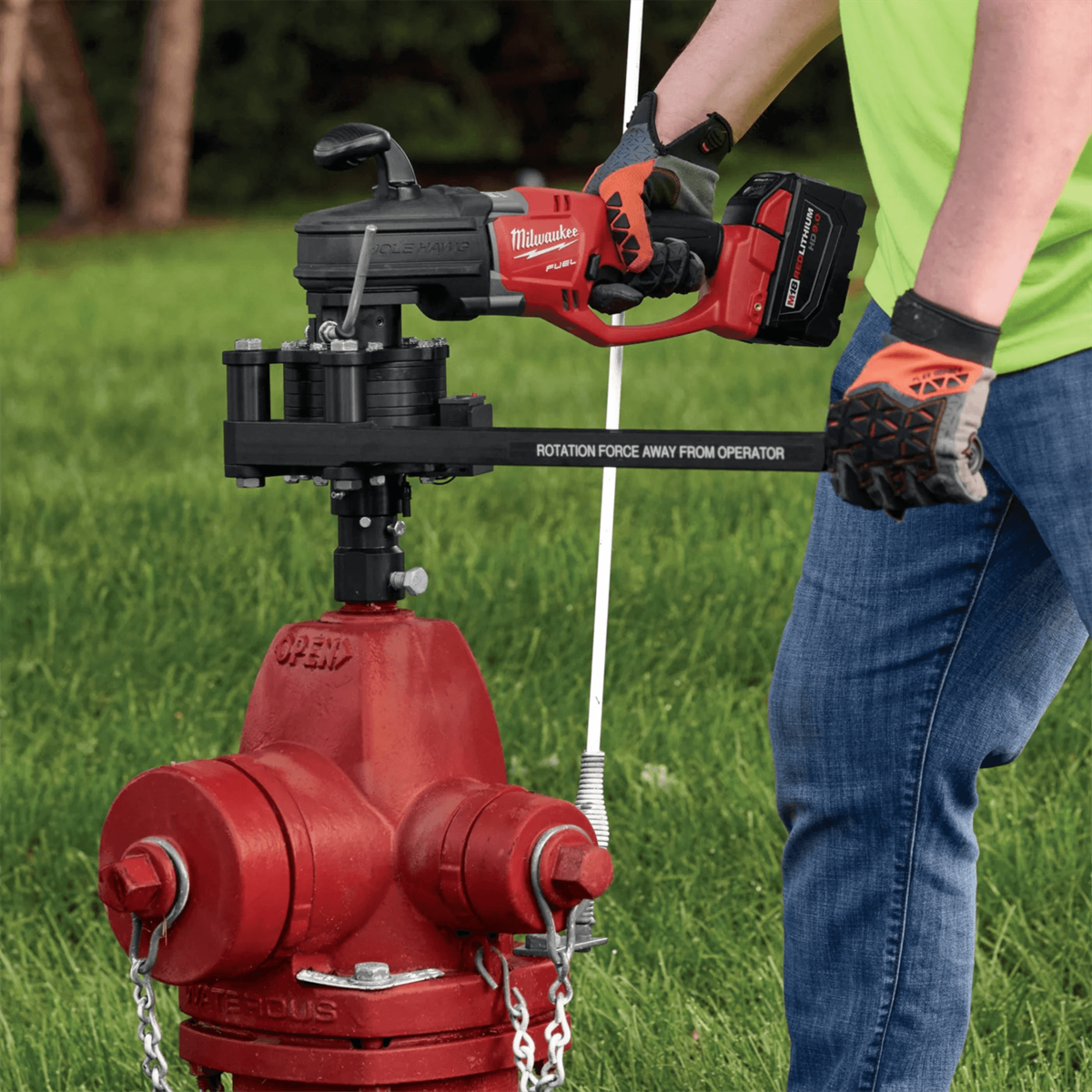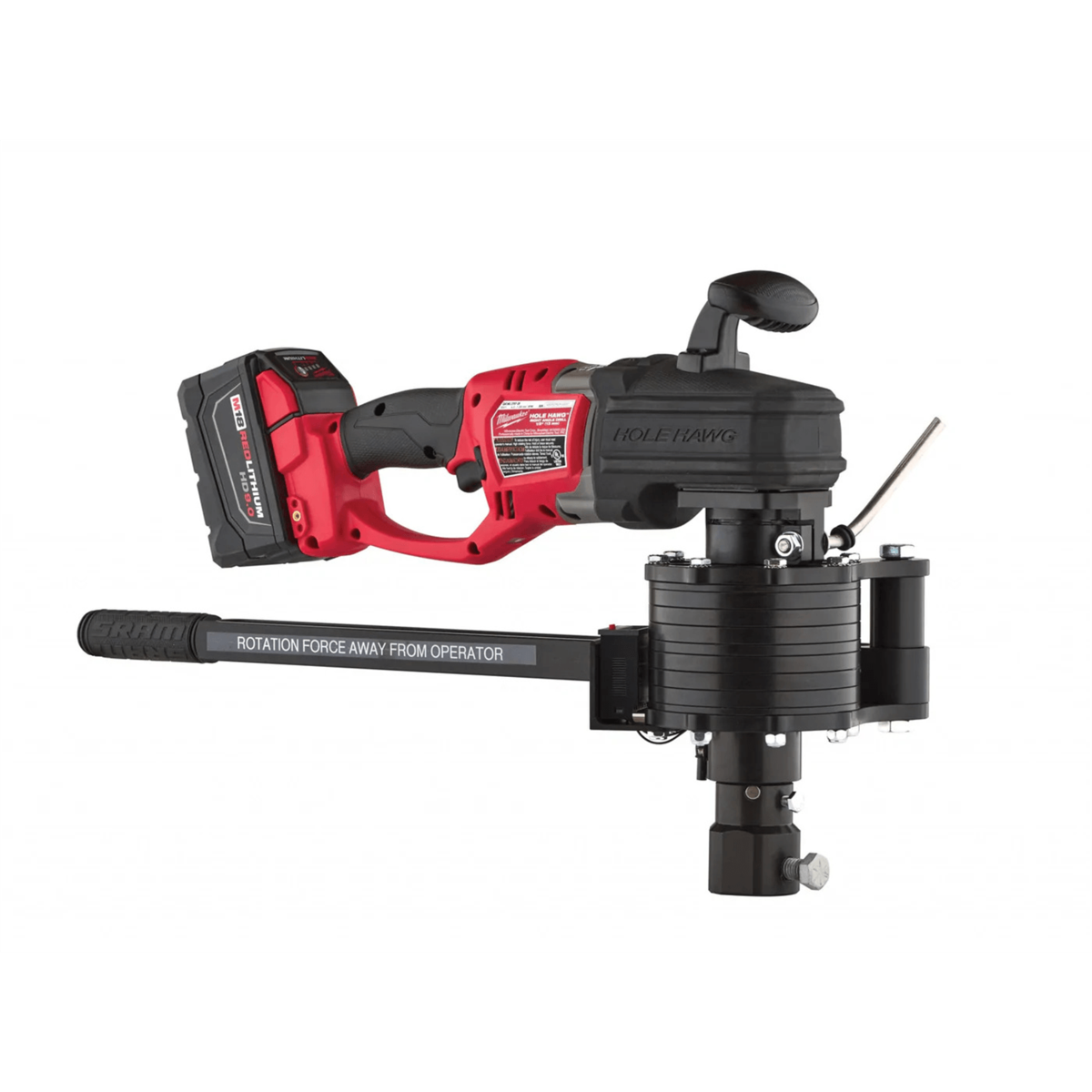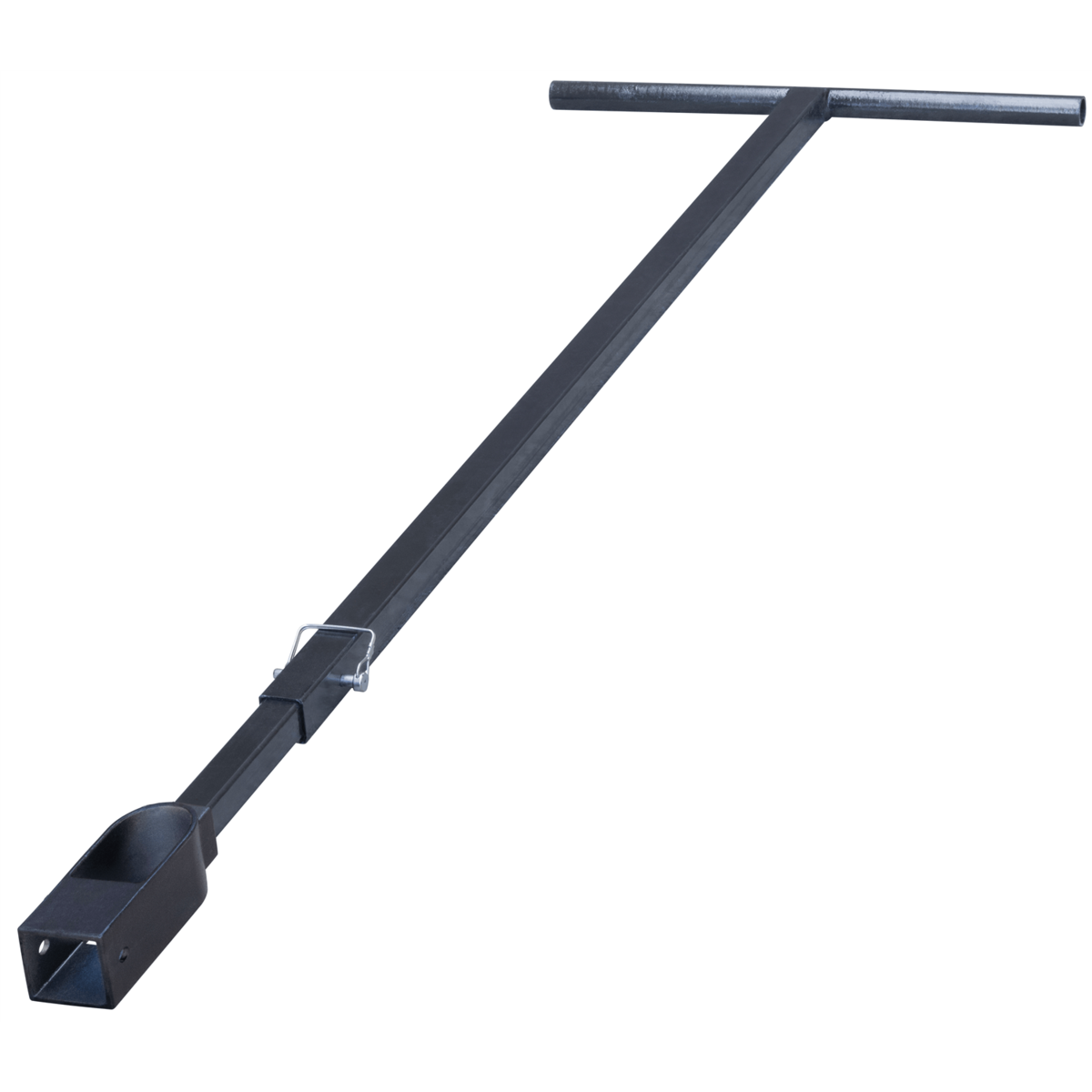- Home
- Supply Insights
- Valve Exercising Tips & Tools
Valves are crucial components in municipal water and wastewater systems, controlling water flow to homes, businesses and industries. In this article, we’ll explore what valve exercising is, why it's important, tools of the trade and easy tips to remember while in the field.
What is Valve Exercising?
 Valve exercising is the process of manually or automatically opening and closing valves to ensure they continue to function properly. Over time, valves can seize or become stiff due to corrosion, mineral buildup or lack of use. Exercising helps break up any buildup and allows operators to inspect the valve for signs of decay or malfunction.
Valve exercising is the process of manually or automatically opening and closing valves to ensure they continue to function properly. Over time, valves can seize or become stiff due to corrosion, mineral buildup or lack of use. Exercising helps break up any buildup and allows operators to inspect the valve for signs of decay or malfunction.
Municipal valves found on hydrants, water lines, pipes and various other equipment need regular exercise to remain serviceable and avoid unexpected failures. Ensuring your municipality follows a regular exercise schedule can save you time, energy and money.
Why is Valve Exercising Necessary?
Valves are integral to water and wastewater processing, clean water delivery, lift stations and collection systems and more. There are dozens of types of valves, but all have the same purpose: to control the flow of water, isolate sections of pipe for repairs, and ensure safe and efficient distribution or collection. However, without regular maintenance, valves can deteriorate over time, leading to problems like stuck or malfunctioning valves. Valve exercising addresses these issues and ensures valves are ready for use.
It's important to exercise valves on a regular schedule, and routine maintenance has several benefits. Exercising valves prevents seizing, extends their lifespan, and allows your team to identify potential damage before the valve malfunctions. It is also a quick and relatively easy way to ensure minimal disruption to facility and collection system processes.
The AWWA (American Water Works Association) defines the practice of valve exercising as; "[valves] should be operated through a full cycle and returned to its normal position on a schedule that is designed to prevent a buildup of tuberculation or other deposits that could render the valve inoperable or prevent a tight shut-off."
You can learn more about hydrant flushing and valve exercising programs online or by reaching out to your local AWWA or RWA (Rural Water Association) organization.
Top Tips
Valve exercising may seem straightforward, but it’s important to approach with care and avoid causing costly damage. Here are some practical tips for effective valve exercising:
Don't Force the Valve
If a valve feels stuck, avoid forcing it open. Forcing a valve can damage the valve and the equipment used to turn it. Instead, inspect the valve for corrosion or buildup and try to clear the obstruction before attempting to turn it again. In some instances, you can utilize a valve-safe degreaser to clear debris or corrosive buildup.
Take Your Time
Take your time with the valve-exercising process. It's important to be thorough and methodical, inspecting the valve while refraining from jerking motions. Rushing can lead to damage and mistakes while exercising.
Use the Lowest Torque Setting Possible
Always start with the lowest torque setting when using an automatic valve exerciser. Applying too much force can cause unnecessary strain on the valve. Only increase the torque if necessary and avoid over-tightening.
Avoid Using a Cheater Bar
A cheater bar (aka a pry bar)—a lever extension that allows for more torque—should generally be avoided. While it may seem like a quick solution to stuck valves, it can cause excessive stress, leading to long-term damage. Use a cheater bar only in emergencies when other methods have failed, and exercise extreme caution to avoid permanently damaging the valve.
Valve Exercising Tools
Valve exercising is a simple process made easier by manual or automatic tools designed for the task. There are handheld and truck mounted valve exercisers, and handheld exercisers can be manual or automatic. Handheld automatic exercisers are becoming more common in the industry due to their versatility and portability.
 The Hydrant Buddy is a popular Milwaukee-powered tool used for hydrant and gate valve exercising. This battery-operated handheld equipment produces high-torque at low-rpm to effectively exercise valves while avoiding damage and strain.
The Hydrant Buddy is a popular Milwaukee-powered tool used for hydrant and gate valve exercising. This battery-operated handheld equipment produces high-torque at low-rpm to effectively exercise valves while avoiding damage and strain.
The Reed Electric Power Drive is another popular piece of equipment, and the corded version sheds the weight of a battery.
 A gate valve key is often seen on service trucks for manual valve turning. These levers are manually operated and come in various lengths, designs, and sizes for better ergonomics depending on the valve being exercised. A cheater-bar will be employed to turn stuck valves that a valve key is not suited for.
A gate valve key is often seen on service trucks for manual valve turning. These levers are manually operated and come in various lengths, designs, and sizes for better ergonomics depending on the valve being exercised. A cheater-bar will be employed to turn stuck valves that a valve key is not suited for.
Prioritizing Valve Exercising
Valve exercising is vital for ensuring the longevity, reliability, and efficiency of water and wastewater systems. By regularly exercising valves, water and wastewater professionals can prevent seizing, identify early signs of wear, and maintain collection system performance.
In the long run, valve exercising helps avoid costly repairs, reduces the risk of system failures, and keeps essential water services running smoothly. By prioritizing fire hydrant maintenance and valve exercising, you can keep your infrastructure in top shape, protect public health, and ensure the smooth operation of your water and wastewater systems.
Curious about what products and programs can help streamline your valve exercising schedule? Get in touch with one of our expert account managers.

-jpg.jpeg)
-jpg-1.jpeg?width=296&height=197&name=Hydrant_Buddy_Gate_Valve_Key_in_hole_with_operator_A_v2%20(1)-jpg-1.jpeg)